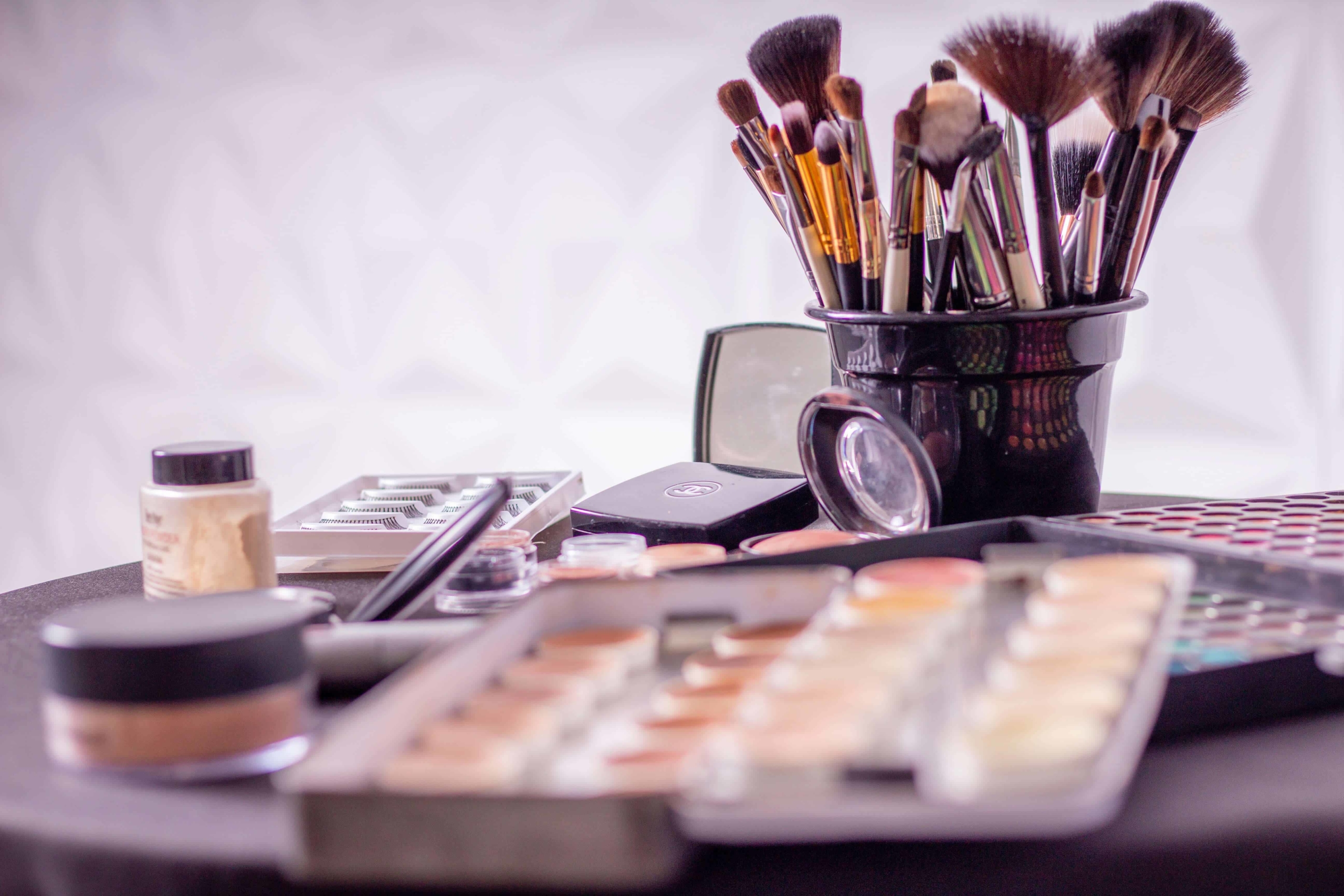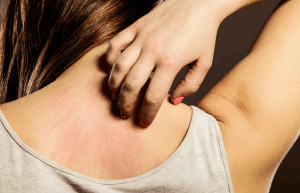Dangers Of Cocamide DEA In Shampoo And Beauty Products Explained

Can you trust that major personal hygiene product manufacturers make your health and safety their top priority? Not necessarily, according to a Center for Environmental Health (CEH) study conducted on 100 top shampoo brands.
In August 2013, the Oakland, California-based CEH released its study results of 98 shampoos that still contain the ingredient cocamide diethanoalamine (commonly called “cocamide DEA” or just “DEA”), which had been outlawed in the State of California as a potential carcinogen in 2012.
One year later, however, 98 shampoo brands still included DEA according to the CEH study, which released its findings and immediately began a series of lawsuits against producers and distributors of the offending products. Here is everything you need to know about cocamide DEA and how it affects you:
- Is Cocamide DEA Harmful?
- How Cocamide DEA Is Made
- Potential Side-Effects of Cocamide DEA
- Does the FDA Consider DEA to be Toxic or Carcinogenic?
- Who Is Selling Cocamide DEA in Shampoo?
- Major Retailers Regularly Carry Products Containing Cocamide DEA on Their Shelves
- CEH’s List of Retailers
- The “Organic” Label and When You Can’t Trust It
- Does the FDA Regulate Cocamide DEA?
- How Can I Tell If a Beauty Product is Really Organic?
- What Other Ingredients Also Include DEA?
- Check the Ingredients List
- Cocamide DEA Replaced by Cocamidopropyl betaine (CAPB)
How Cocamide DEA Is Made

Cocamide DEA is made by reacting diethanalomine with a mixture of fatty acids from coconut oils.
All things coconut have become particularly popular as of late. The once exotic fruit of the coconut palm is enjoying the spotlight as people rave about the health benefits of the oil, the water, the meat, and the milk. For example, research from 2018 states that “consumption of coconut milk can increase the HDL (high-density lipoprotein) levels, which help in reducing the harmful LDL (low-density lipoprotein).” Coconut in all its natural forms might actually be pretty good for you (provided you don’t have an allergy to it), but cocamide DEA is not a natural product of coconuts in the sense that you could break open a coconut and spoon up some cocamide DEA.
Cocamide DEA is made by reacting diethanalomine with a mixture of fatty acids from coconut oils to create a diethanalomide, which, in this case, is a viscous, clear liquid. Cosmetics and personal hygiene products manufacturers then use this liquid as a foaming agent and to create a creamy texture in soaps, shampoos, conditioners, and cosmetics.
Potential Side-Effects of Cocamide DEA

Small doses of DEA can cause itchiness and rash. In large doses, it can be a carcinogen.
In small doses, DEA can cause an allergic reaction in some people, producing a mild form of dermatitis. Large doses, however, are potentially carcinogenic to humans—especially as it builds up in the system over time. This is why California banned its use.
Does The FDA Consider DEA To Be Toxic Or Carcinogenic?
According to the FDA’s website page that addresses diethanolamine, the “FDA believes that at the present time there is no reason for consumers to be alarmed based on the use of these substances [speaking of cocamide DEA and other ingredients that also contain DEA] in cosmetics.” While the FDA requires manufacturers to ascertain that their beauty and personal hygiene products are safe for human use, it does not regulate which ingredients (or levels of those ingredients) are used aside from those the agency has deemed toxic or harmful.
Who Is Selling Cocamide DEA In Shampoos?
Major Retailers Regularly Carry Products Containing Cocamide DEA On Their Shelves
According to CEH’s study, many major retailers are guilty, including some you might have hoped were above such things, such as Trader Joe’s, Sephora, Ulta, and Target. In addition, some shampoos and bubble baths labeled as organic or specifically targeted for children had high levels of DEA. Organic by Africa’s Best brand, manufactured by House of Cheatham, is one such offender, as is Kid’s Bubble Bath (bubble-gum scented) made by Kmart.
Walmart, Kmart, Walgreens, Rite Aid, and 99 Cent Only Stores (among other retailers) also carry products containing DEA. Since 2014, many manufacturers have replaced cocamide DEA with other foaming ingredients, including cocamidopropyl betaine (CAPB). Be aware that manufacturers can replace an unpopular ingredient with one that could be just as harmful but on which there are no conclusive studies.
CEH’s List of Retailers
See the Center for Environmental Health’s complete list of California retailers carrying shampoos and soaps containing DEA here. Since they published this list, manufacturers have hastened to replace cocamide DEA with other foaming agents that do not have the carcinogenic label.
The “Organic” Label, And When You Can’t Trust It
You may find it surprising that the FDA does not have a definition for the term “organic” when it comes to cosmetics or personal hygiene products. The manufacturers of personal hygiene and cosmetic products are self-regulating, meaning that they set their own rules for what they label as “natural” or “organic.” Because cocamide DEA comes from coconuts, manufacturers and distributors can (and do) label products with this ingredient as “natural” or “organic.”
Does the FDA Regulate Cocamide DEA?
No, it does not. Although it has been labeled (by the IARC) as a potentially carcinogenic substance and banned by the State of California, U.S. manufacturers are not regulated as to its use. Some products may have much higher DEA levels than others, but the specific levels of DEA in any particular product are not listed on the ingredients list. Manufacturers that include DEA in their products can still label their products as “natural” or “organic.”
Some manufacturers have replaced the disgraced cocamide DEA with other foaming agents that may still contain DEA. Look below to find a list of ingredients that could contain DEA.
How Can I Tell If A Beauty Product Is Really Organic Or Natural?
The best way to decide if you can trust the purity of a product is to check out the ingredients list on the label. By law, manufacturers must list the ingredients they put into their shampoos, conditioners, soaps, and cosmetics. The ingredients are listed in order of quantity.
If you do not recognize the ingredient or if it has a long chemical name, this is an indication that the product may not be as organic or as natural as it is advertised to be. You can do an Internet search for ingredients you do not recognize or you can rely on products whose ingredients are things you easily recognize.
What Other Ingredients Also Include DEA?
Other ingredients in shampoos and cosmetics may also contain DEA.
Check The Ingredients List
Other products used in shampoos, conditioners, soaps, and cosmetics may contain DEA. If you are concerned about the potential risks of DEA, it is a good idea to be familiar with the names of other ingredients that may contain DEA.
- Cocamide DEA.
- Cocamide MEA.
- DEA-Cetyl Phosphate.
- DEA Oleth-3 Phosphate.
- Lauramide DEA.
- Linoleamide MEA.
- Myristamide DEA.
- Oleamide DEA.
- Stearamide MEA.
- TEA-Lauryl Sulfate.
- Triethanolamine.
Cocamide DEA Replaced by Cocamidopropyl betaine (CAPB)
Since 2014, many manufacturers are replacing cocamide DEA with cocamidopropyl betaine, or CAPB. CAPB is thought to be less likely than DEA to cause skin irritations and burning in those who are sensitive to it.
Which Companies Use Cocamide DEA In Their Products?
As you now know, Cocamide DEA is clearly something we’d like to avoid using on a regular basis. It would be easy for us to simply state the hazards of the chemical in question, but the truth is that you have to know which products actually contain it in the first place, in order to avoid the chemical altogether.
We’ve written about this chemical before, so thankfully I can provide you with a list of brands that have been known to use the chemical quite frequently (and in concerning amounts) over time. However, these are just a few of the more common sources of the chemical. The list is probably a lot longer than this in reality – so I encourage you to take note of any products that happen to contain Cocamide DEA in them or any of it’s derivatives. Here’s a list to get started on:
- Palmolive.
- American Crew Classic.
- Paul Mitchell.
- BIOSILK.
- Palmers.
- Fuente.
- Morgan Childs
- CST.
- Perfect Purity.
- Kelly Van Gogh.
- Moroccanoil.
- Sun Mark.
- Tree Hut.
These are the heavy hitters that you should definitely avoid, at least until they change their formulas. Although I would still like to urge you to check any products that you buy for this harmful chemical as we could always do with an updated list (or rather, it’s better to keep one of your own).
Conclusion
In 2013, the Center for Environmental Health, based in Oakland, California, published a list of 98 shampoo, soap, and bubble bath brands found on retailer’s shelves that contained Cocamide DEA. Cocamide DEA had been listed as a known carcinogen and banned in the State of California since 2012.
The FDA also does not regulate the terms “organic” or “natural” in the cosmetics industry. Instead, the industry is expected to self-regulate and only distribute products they deem safe for human use. Since cocamide DEA became unpopular as an ingredient, some manufacturers have replaced it with other foaming agents such as cocamidopropyl betaine (CAPB), which is thought to cause fewer skin irritations and skin sensitivity than DEA.


